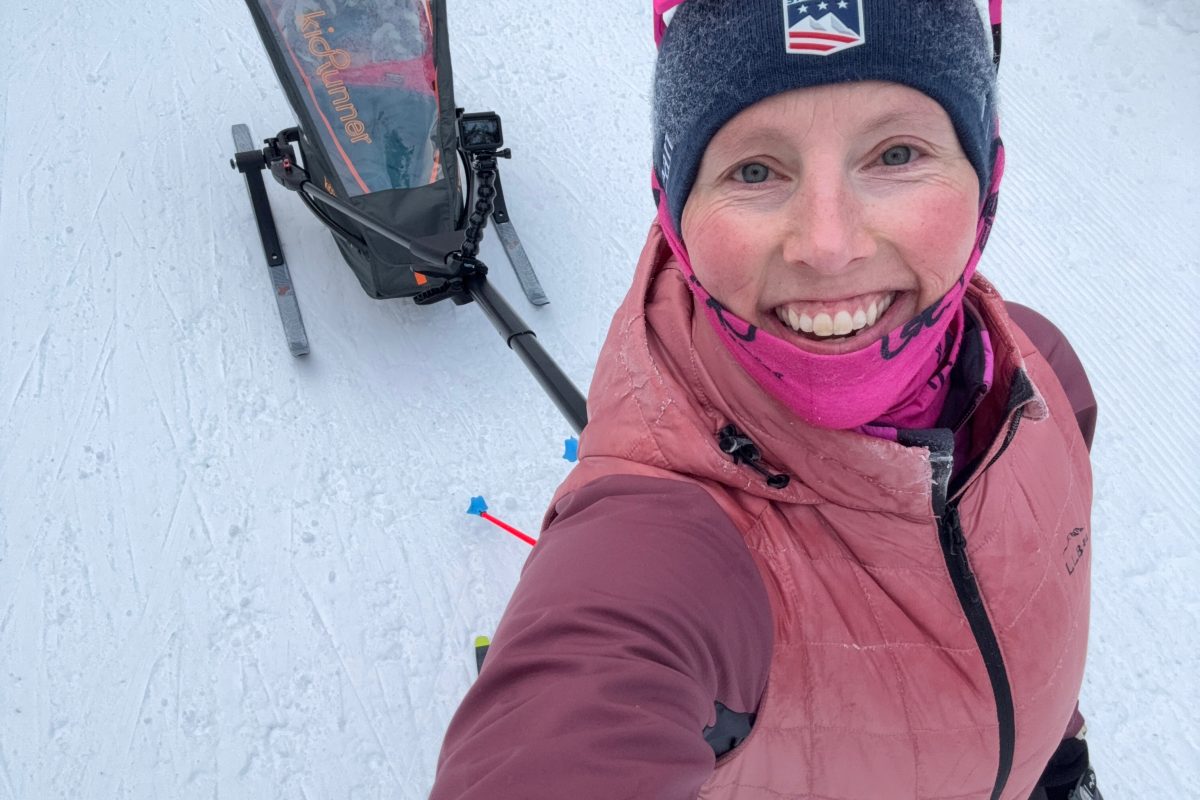
This week, our focus shifts to a common theme amongst racers and trainers: uphill V2. Just like double poling is the go-to technique for most skiers in World Cup classic races — watch those motionless legs during classic sprints and even throughout the 90 kilometres of Sweden’s legendary Vasaloppet! — V2 technique has really become their freestyle mainstay. And while we generally switch to V2 on flats and slight uphills, there are many benefits of using it on steeper climbs.
For V2 to be effective on uphills, it is crucial to shorten the stride and increase the tempo. Forget long, smooth gliding on each ski. Don’t worry about full-arm extension when poling. Take the load off the triceps and focus instead on stabilizing the shoulders with the lats muscles. This will enable faster arm movements and a quicker reset between each push-off. The arms and upper body should dictate the pace of the V2 strides. Legs and hips should in turn follow and be the true power source of the technique.

When doing V2 at low intensity, I noticed many skiers (often youngsters) tend to rely mostly on their upper body. Poor push-off from each leg usually isn’t a consequence of muscle weakness. It can simply be the result of a lack of muscle memory training. One effective way to engage those leg and hip muscles (mainly: quads, glutes, tensor fascia latae, psoas, iliacus) is skiing without poles. Twenty to 30 minutes, broken down in sets depending on your level, will do the trick.
When skating without poles, concentrate on keeping your balance and push off with the entire leg (from hip flexion to big toe propulsion). As much as possible, don’t use your upper body for momentum. Avoid over-rotation of the hips and keep your spine long and vertical.
After a proper warmup, followed by a no-pole ski session, you’re ready for short uphill V2 bursts. The idea is to initiate proper leg and hip movements through no-pole skating at a comfortable pace, and using this muscle activation and awareness for V2 climbs.
The basic workout:
20 minutes warmup: low intensity V2 (with poles)
20-30 minutes of no-pole skating (Level 1-2 intensity), broke down in sets of five minutes or more depending on your level
15-20 X 30 seconds repeats of uphill V2 (L3 or threshold intensity) with 1 minute recovery between each rep.
30 minutes cool-down
Improving your ability to power through uphills using only V2 will not only make you a overall stronger freestyle skier, it will help your body tone with the fast pace of sprints. You may also increase your V2 speed at the foot of real steep climbs (before switching to offset) and at the top of them when forward momentum is at it’s lowest.
Notes:
- To make the no-pole session more challenging, you can extend your arms on each side (holding the middle part of your poles). This will help prevent hip over-rotation.
- For the uphill V2 repeats, find a hill you would tend to climb in offset, yet is attackable using V2 only.



